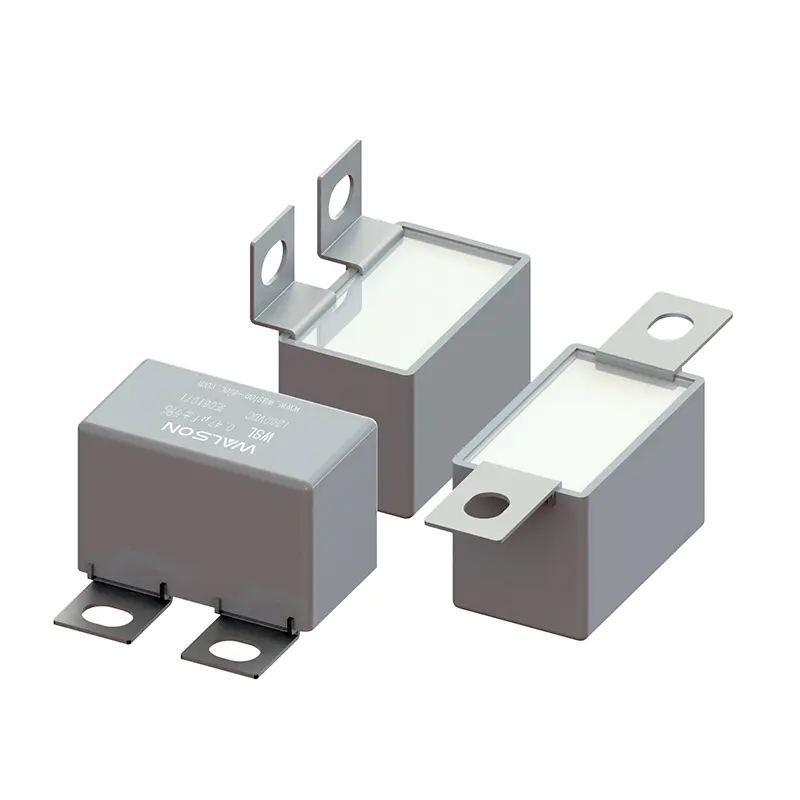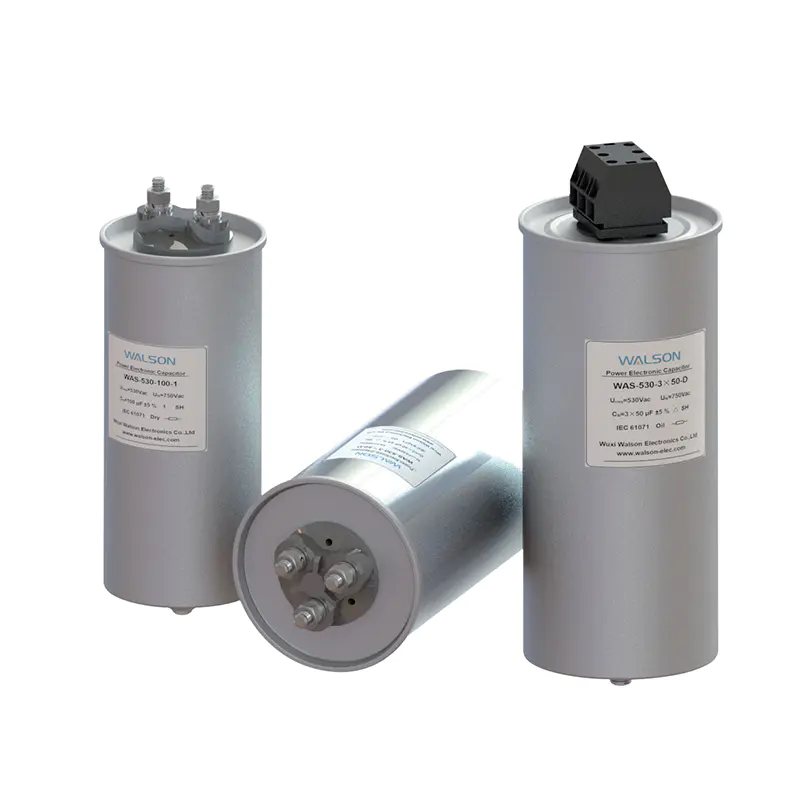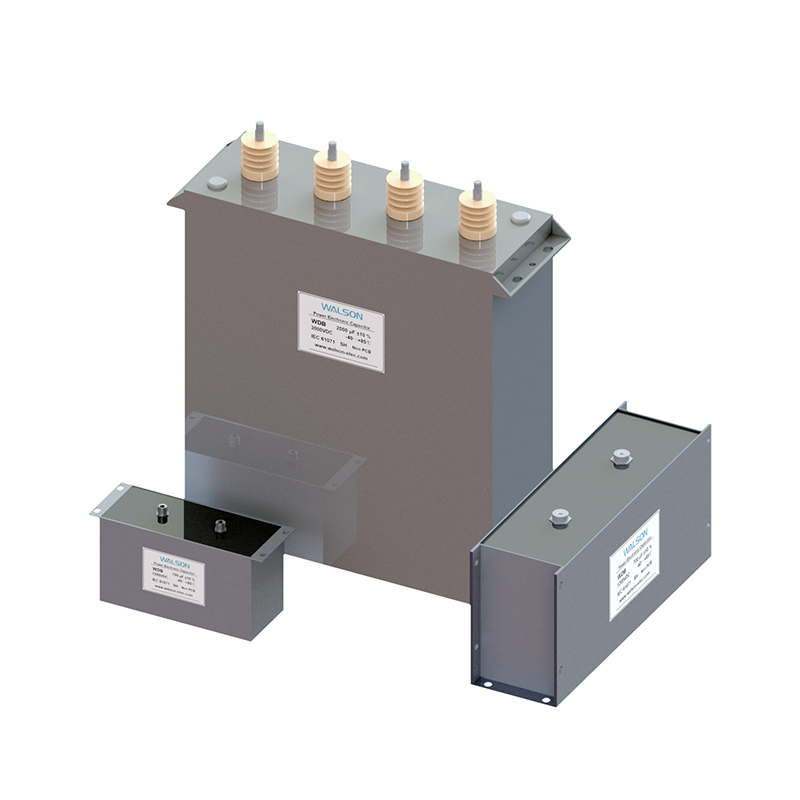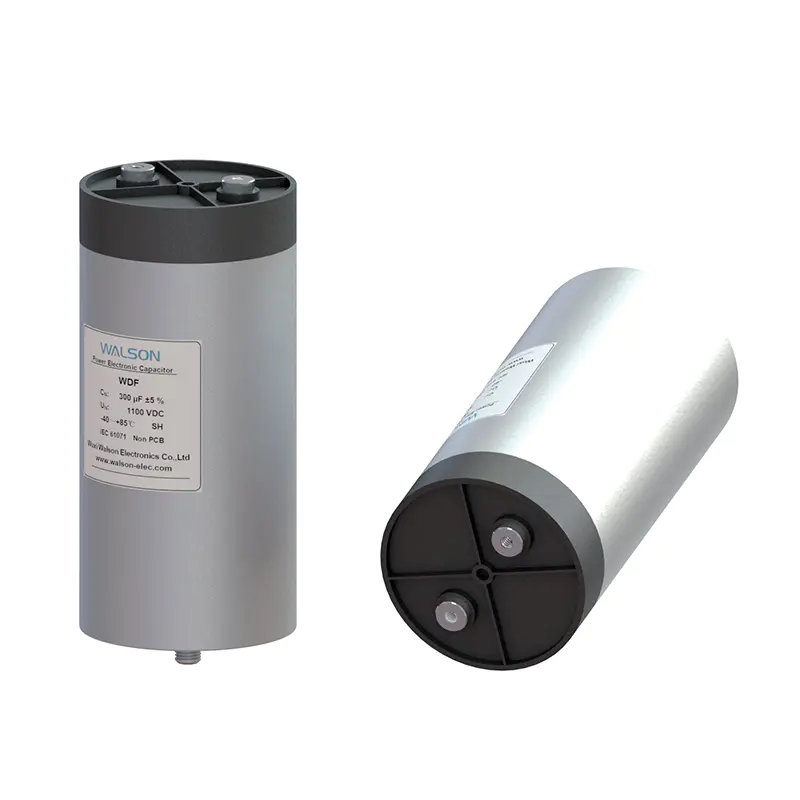- Home
- Products
- Applications
- Capacitors for Household Appliances
- Capacitors for Power Supply
- Capacitors for LED Lighting
- Capacitors for Mobile And DSL Appliances
- Capacitors for Automotive& Vehicles
- Capacitors for Photovoltaic Inverters
- Capacitors for Wind Power Plants
- Capacitors for Renewable Energy Systems
- Capacitors for Induction Heating
- Capacitors for Medical Equipments
- Capacitors for Industrial Control
- Capacitors for Power Electric
- Capacitors for Rail Transit
- Capacitors for Smart Grid
- Capacitors for University & Research Instituite (High Energy Physics)
- About Us
- News
- Contact Us
-
- Capacitors for Household Appliances
- Capacitors for Power Supply
- Capacitors for LED Lighting
- Capacitors for Mobile And DSL Appliances
- Capacitors for Automotive& Vehicles
- Capacitors for Photovoltaic Inverters
- Capacitors for Wind Power Plants
- Capacitors for Renewable Energy Systems
- Capacitors for Induction Heating
- Capacitors for Medical Equipments
- Capacitors for Industrial Control
- Capacitors for Power Electric
- Capacitors for Rail Transit
- Capacitors for Smart Grid
- Capacitors for University & Research Instituite (High Energy Physics)
Web Menu
- Home
- Products
- Applications
- Capacitors for Household Appliances
- Capacitors for Power Supply
- Capacitors for LED Lighting
- Capacitors for Mobile And DSL Appliances
- Capacitors for Automotive& Vehicles
- Capacitors for Photovoltaic Inverters
- Capacitors for Wind Power Plants
- Capacitors for Renewable Energy Systems
- Capacitors for Induction Heating
- Capacitors for Medical Equipments
- Capacitors for Industrial Control
- Capacitors for Power Electric
- Capacitors for Rail Transit
- Capacitors for Smart Grid
- Capacitors for University & Research Instituite (High Energy Physics)
- About Us
- News
- Contact Us
Product Search
Exit Menu
Working Principles of Capacitor Dielectric Materials and Performance Optimization

Working Principles of Capacitor Dielectric Materials and Performance Optimization
As crucial components in electronic circuits, the performance of capacitors largely depends on the characteristics of their dielectric materials. The working principles of dielectric materials primarily involve two core parameters: breakdown field strength and dielectric constant. Understanding these principles is essential for optimizing capacitor performance.
Mechanisms for Improving Breakdown Field Strength
The breakdown phenomena in solid dielectric materials can be classified into three types: electrical breakdown, thermal breakdown, and partial discharge breakdown, with electrical breakdown being the intrinsic mechanism. This theory is based on the collision theory of gas discharge, revealing the close relationship between breakdown field strength and electron mean free path. Research shows that the key to improving breakdown field strength lies in effectively suppressing electron migration. Figure 5-23 demonstrates the relationship curve between breakdown field strength and voltage application time in solid dielectrics, while Figure 5-4 further explains this phenomenon through the electron shielding ripple model. In practical applications, optimizing the material's microstructure to extend the electron mean free path can significantly enhance the dielectric's voltage withstand capability.
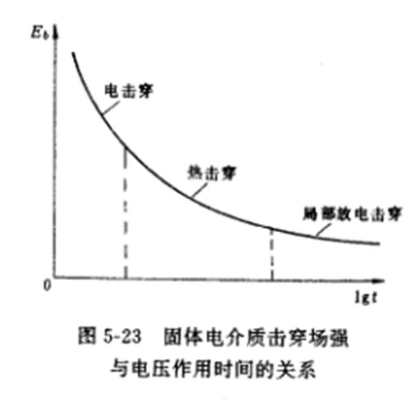
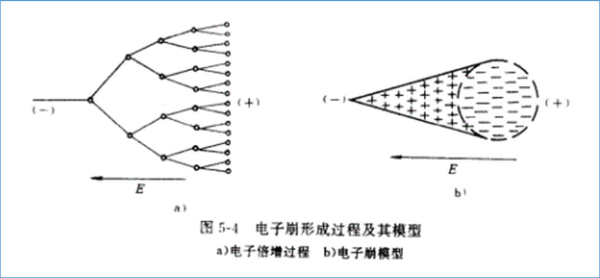
Polarization Mechanisms for Enhancing Dielectric Constant
The improvement of dielectric constant relies on the combined effects of various polarization mechanisms. Displacement polarization includes two forms: electronic displacement polarization and ionic displacement polarization. The former originates from the displacement of electron clouds relative to atomic nuclei, while the latter results from the relative displacement of positive and negative ions. Orientational polarization occurs in polar molecules, where molecular dipoles align under an external electric field. Thermionic polarization is closely related to temperature and involves the thermal activation process of ions within the crystal lattice. Space charge polarization (also known as interfacial polarization) occurs at dielectric inhomogeneities, formed by charge carrier accumulation at interfaces. The synergistic effects of these polarization mechanisms determine the material's macroscopic dielectric properties.
Balanced Strategies for Performance Optimization
In practical capacitor design, a balance must be sought between breakdown field strength and dielectric constant. Materials with high dielectric constants often exhibit lower breakdown field strengths, while high-voltage-resistant materials typically have modest dielectric constants. Through advanced material design methods such as nanocomposites and interface engineering, both parameters can be optimized simultaneously to develop capacitor dielectric materials. Understanding these fundamental principles provides theoretical guidance for the development of new energy storage materials.

 简体中文
简体中文 English
English Español
Español